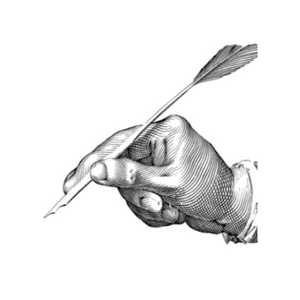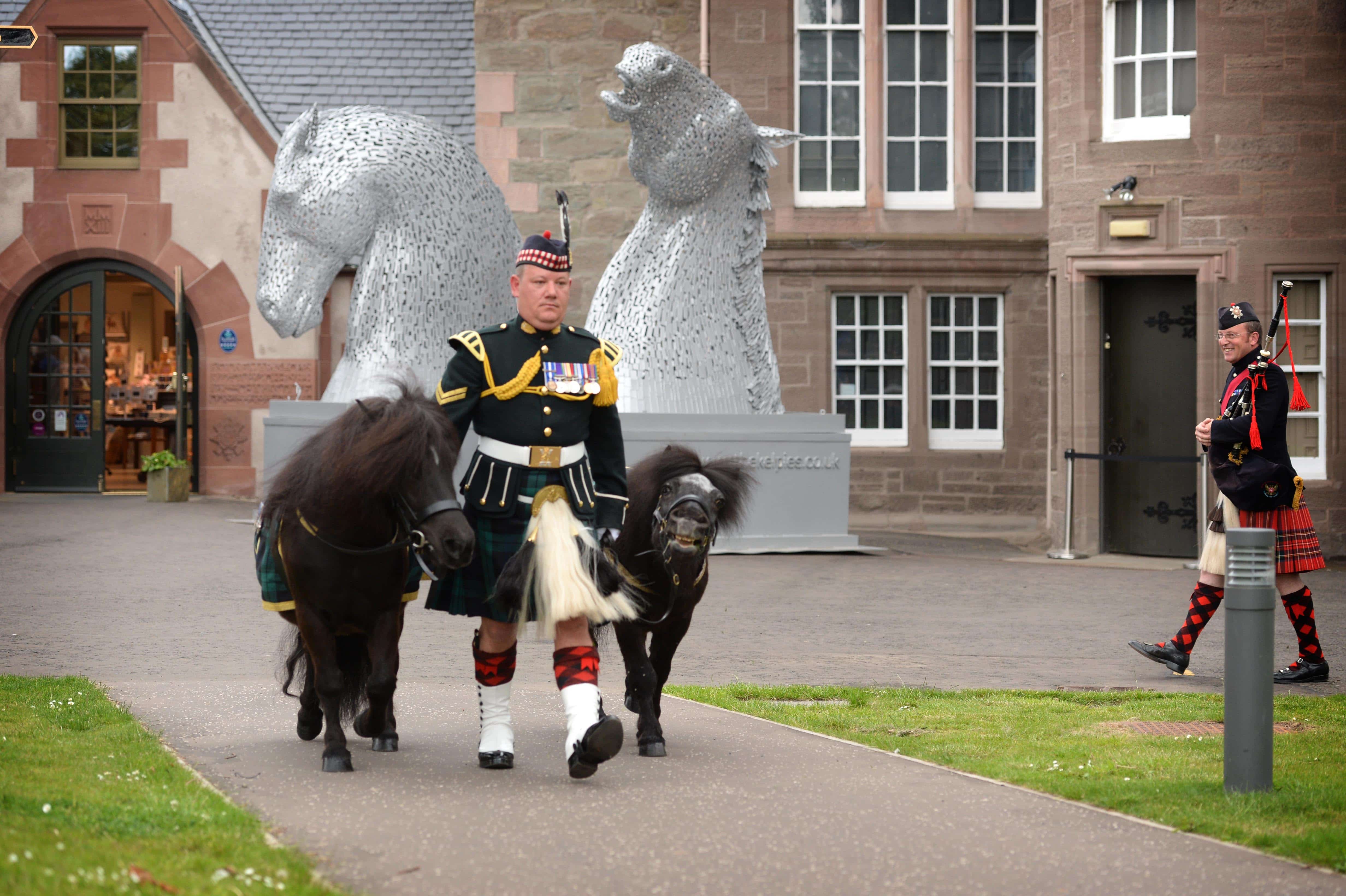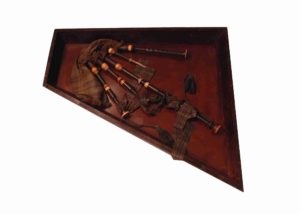Major-General David Stewart of Garth
Just before heading up the stairs to Gallery 4 visitors will see the painting of someone who, on first glance, might not look like a
Home » Blog » Black Watch History » The Army, the horse and the Kelpie Maquettes


Whoever said that dogs were a man’s best friend clearly never knew a horse. Horses have a long standing history with people whether they’ve been used for farming, transport, work or war. Horses were one of the first animals we domesticated with evidence of them being used in war dating back 5000 years. Horses were initially used in warfare for pulling chariots, giving their rider the best advantage over their enemy with speed and sheer force. A horse coming towards you at 20mph or more gives the swing of a sword or throw of a lance a great deal of power.
Horses needed to be trusted and trained in order to cope with the battlefield environment. This closeness forged a unique bond between horse and soldier. Not only did horses need to be strong enough to carry the weight of a solider and his kit, they also needed the ability and coordination to pull, or drag, a multitude of supplies and weaponry. Some of these artillery pieces in the First World War required as many as 36 horses.
Though we think of the 20th century as a period of mechanisation it is important to remember that in the First World War the horse still provided the main power. This power is represented by the Kelpie maquettes we have with us until 19th June. The Kelpies were created by Andy Scot in recognition of the heavy horses that once powered Scotland’s canals. The horses provided the link between the farms, the canals and the cities. They dragged the equipment that dug the canals, they worked the fields that provided for the farms and pulled the barges that supplied the cities. However when war broke out, a nation that depended on domestic horsepower up until 1914 suddenly lost its workhorses to the war and had to find mechanised alternatives. But the eventual stalemate on the western front created the conditions that lead to mechanised warfare, and horses were replaced with vehicles. By 1918, there was no going back.
With the powerful imagery of the Kelpie Maquettes and the 300 year military history at the Black Watch Castle and Museum that we remember the friendship forged in the heat of war between horse and soldier. As Henry Chappell wrote in his poem, ‘A Soldiers Kiss’:
Only a dying horse! he swiftly kneels,
Lifts the limp head and hears the shivering sigh
Kisses his friend, while down his cheek there steals
Sweet pity’s tear, “Goodbye old man, Goodbye”.
Just before heading up the stairs to Gallery 4 visitors will see the painting of someone who, on first glance, might not look like a

Rosie Waine is the William Grant Foundation Research Fellow at the National Museum of Scotland. Here she writes how the Black Watch Museum & Castle
The Black Watch Museum archive holds a considerable quantity of primary source material relating to the Battle of Loos, 24th September 1915. This event has
Subscribe to Our Newsletter
© The Black Watch Castle and Museum
The Black Watch Regimental Trust is a charitable company registered in Scotland | Charity No: SC005848
